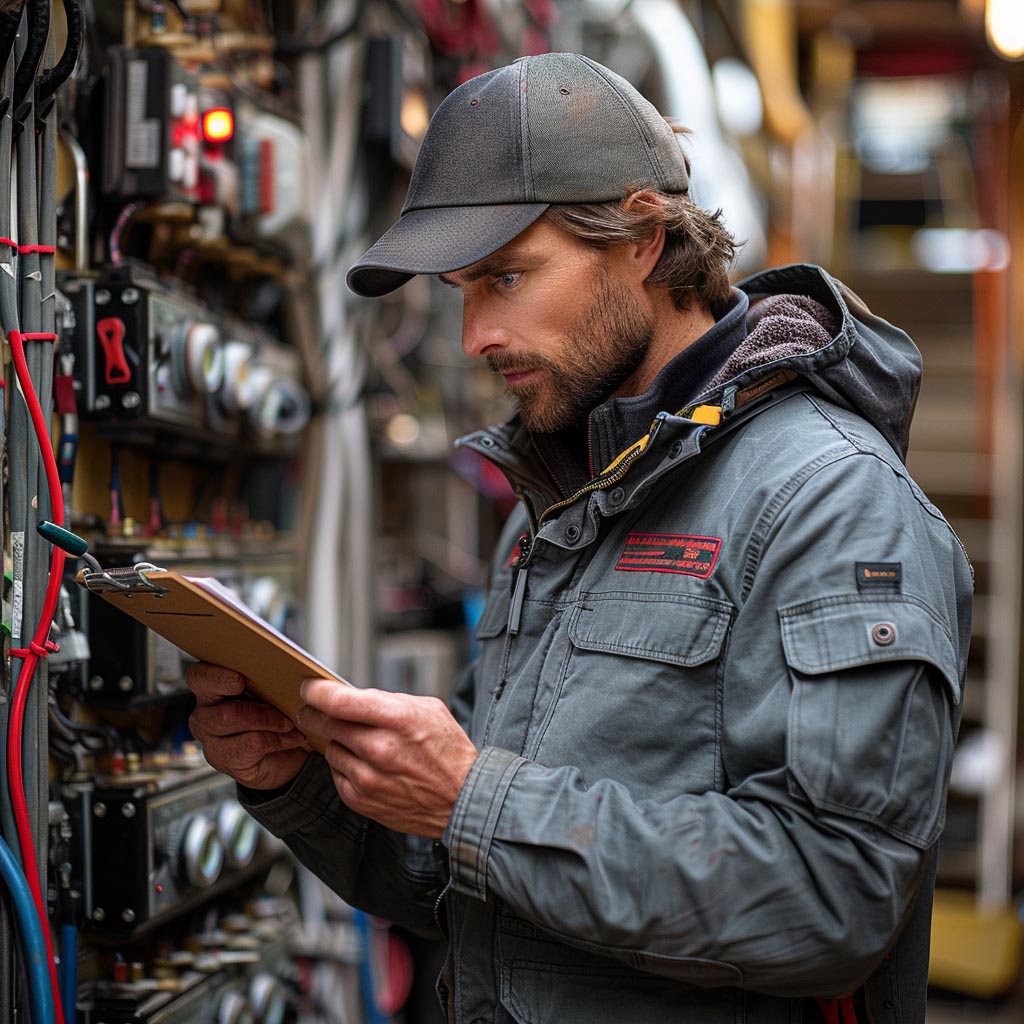Commercial buildings have unique electrical needs, and understanding power distribution is essential for maintaining a safe and efficient operation. Whether it’s powering machinery, office equipment, or lighting systems, the way electricity is distributed throughout your facility affects safety, energy efficiency, and the overall performance of your business.
What is Power Distribution?
Power distribution refers to how electricity flows from the main power source to different areas or systems in a commercial building. It involves circuits, panels, transformers, and distribution boards that ensure power is directed where it’s needed.
Key Components of a Power Distribution System:
- Main Electrical Panel: This is the central hub that receives power from the utility company. It houses circuit breakers and controls the flow of electricity throughout your building.
- Subpanels: In large buildings, subpanels help distribute electricity to specific areas or departments. This reduces the load on the main panel and prevents overloading.
- Transformers: Transformers are used to adjust voltage levels for different electrical needs. They step up or step down voltage to ensure equipment and systems get the power they require.
- Circuit Breakers: These safety devices prevent electrical overloads and potential fires. When a circuit draws too much current, the breaker trips, cutting off the electricity flow.
The Importance of Proper Power Distribution:
- Safety: Ensuring proper power distribution reduces the risk of electrical hazards such as overloads, short circuits, and fires. It also protects your equipment from damage caused by electrical surges or improper voltage levels.
- Energy Efficiency: An optimized power distribution system can lower your energy costs. By ensuring power is used efficiently, you reduce waste and save money.
- Reliability: Proper distribution ensures that all systems and equipment receive consistent power, minimizing downtime and keeping your business running smoothly.
How to Ensure Your Power Distribution System is Effective:
- Routine Inspections: Regular checks by a certified electrician can identify potential issues before they become serious problems.
- Upgrades: As your business grows, your power needs will change. Upgrading your distribution system can ensure your building is equipped to handle the increased demand.
- Load Balancing: Ensuring that electrical loads are evenly distributed prevents overloading circuits and maximizes the efficiency of your power system.
Get Professional Help
Power distribution is complex and requires professional expertise. If you’re unsure about the condition or capacity of your building’s power system, consult with a commercial electrician. They can assess your current setup, make recommendations, and ensure your business is safe, efficient, and prepared for growth.


